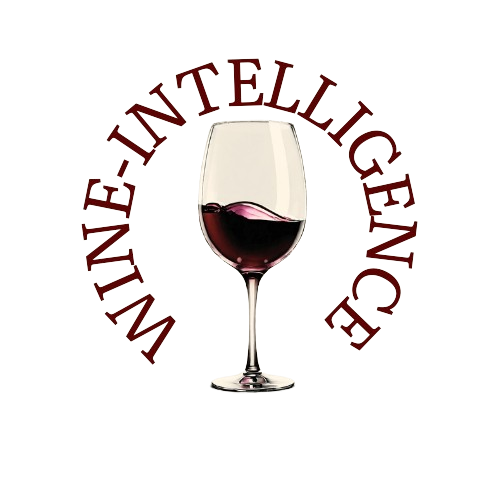Rabobank’s latest report reveals it’s not about wellness trends. It’s about economics, demographics, and digital habits.
Generation Z drinks significantly less alcohol than previous generations did at the same age—but not for the reasons you might expect. Rabobank’s new report, “The Real Reasons Generation Z Is Drinking Less Alcohol”, highlights a more nuanced story, and the findings could reshape how the alcohol industry connects with its next wave of consumers.
It’s the Economy, Gen Z
Forget the wellness craze or the rise of mocktails for a moment. The real reason Gen Z is drinking less? Many of them simply can’t afford to drink more.
They’re younger, often still studying, or entering the workforce in uncertain economic times. While Gen Z households spend less on alcohol overall, they dedicate a similar percentage of their income to alcohol as older generations—meaning it’s about limited income, not a change in values.
Fewer Parties, Fewer Pints
Smartphones and digital culture are playing a bigger role than we thought. Since around 2012, socialization among teenagers has steadily declined. Less face-to-face time = fewer drinking occasions. Add in the risks of being tracked, tagged, or recorded at parties, and underage drinking becomes more trouble than it’s worth.
As a result, the percentage of high school seniors who report having been drunk has dropped from 64% in 1991 to just 33% today.
Who Is Gen Z?
Gen Z is the most diverse and educated generation in history. Over 50% identify as non-white, and women now make up the majority of alcohol consumers under 25.
Both demographics are statistically associated with lower alcohol consumption, meaning it’s not just how much people drink—it’s also who is drinking. These shifts in identity and culture are reshaping the alcohol market more than any TikTok trend ever could.
Will It Change?
The Rabobank report suggests yes—partially. As Gen Z ages, gains independence, and earns more, their alcohol consumption may rise. But they may never fully mimic the behavior of older generations. Some patterns, like decreased socialization or digital-first lifestyles, are likely here to stay.
What This Means for Wine and Spirits
This isn’t the end of alcohol. But it is a new beginning.
The industry needs to move beyond assumptions and tune into Gen Z’s real motivations. That means embracing affordability, storytelling that reflects diversity, and formats that align with modern lifestyles.
Spirits may have an edge, particularly among multicultural and female drinkers. Wine, on the other hand, needs to get more accessible, both in price and presentation, to stay relevant.
Final Takeaway
Gen Z isn’t rejecting alcohol—they’re navigating it differently.
And if the wine and spirits industry wants to thrive in the years to come, it’s time to meet this generation where they are—economically, culturally, and digitally.
Source: Rabobank

